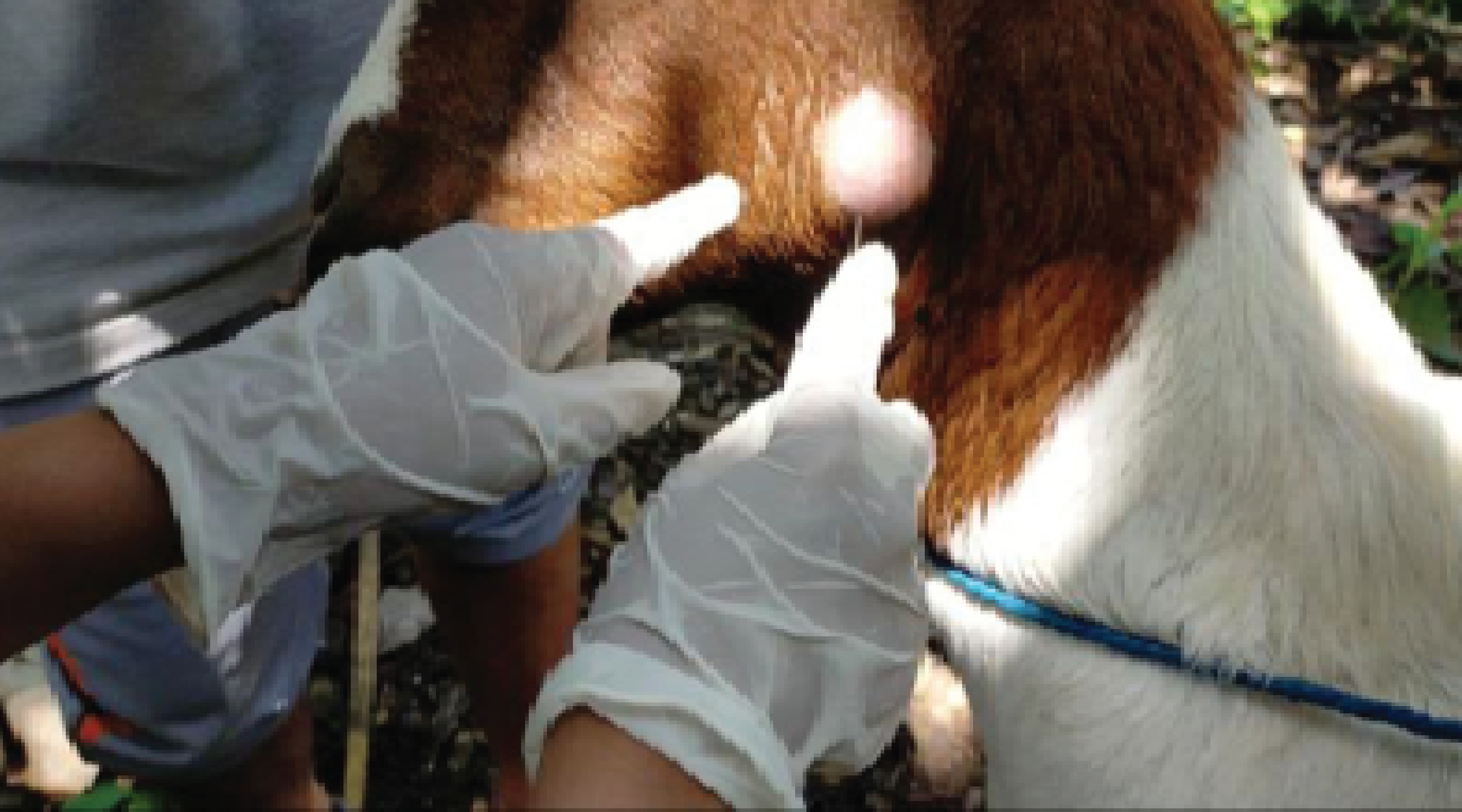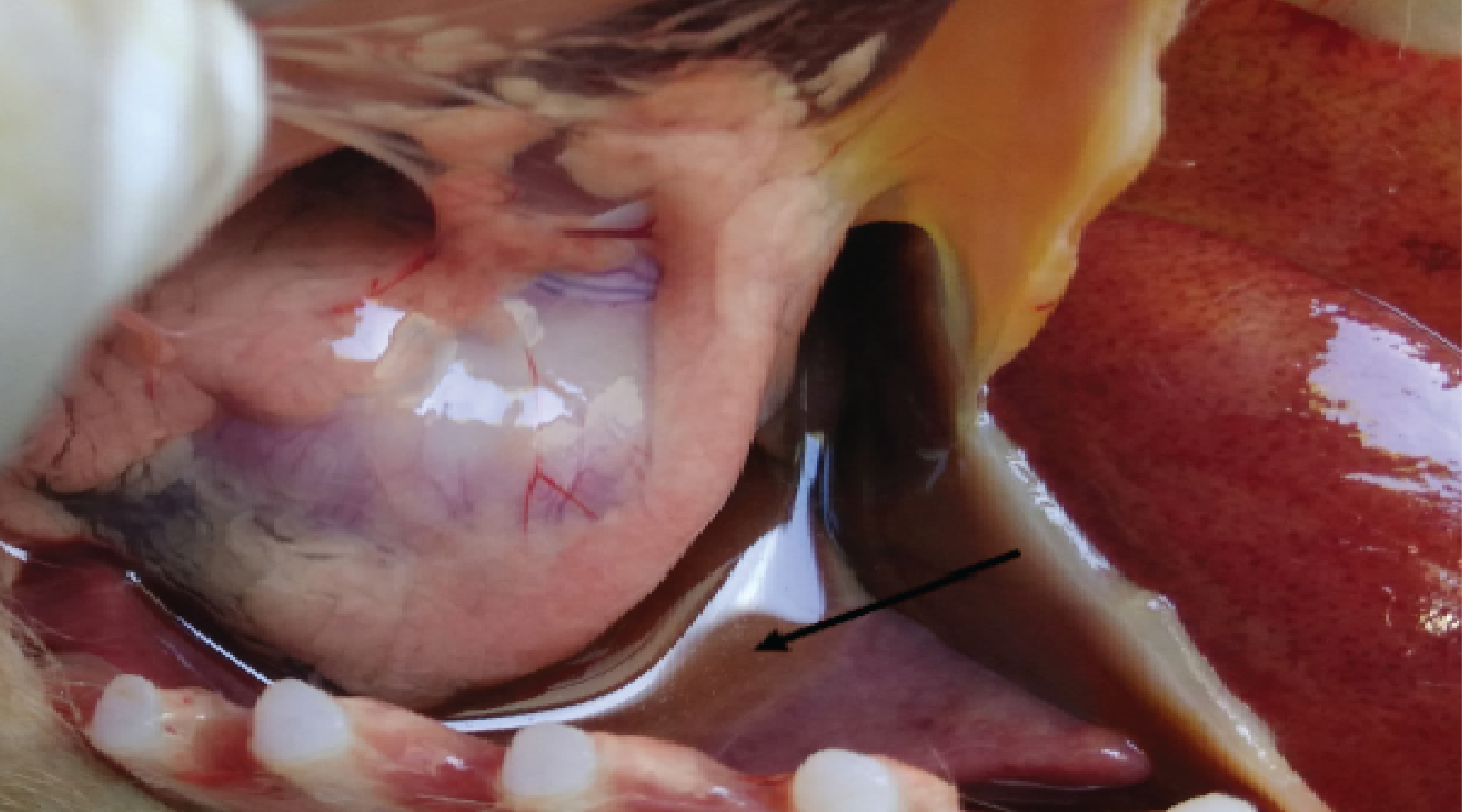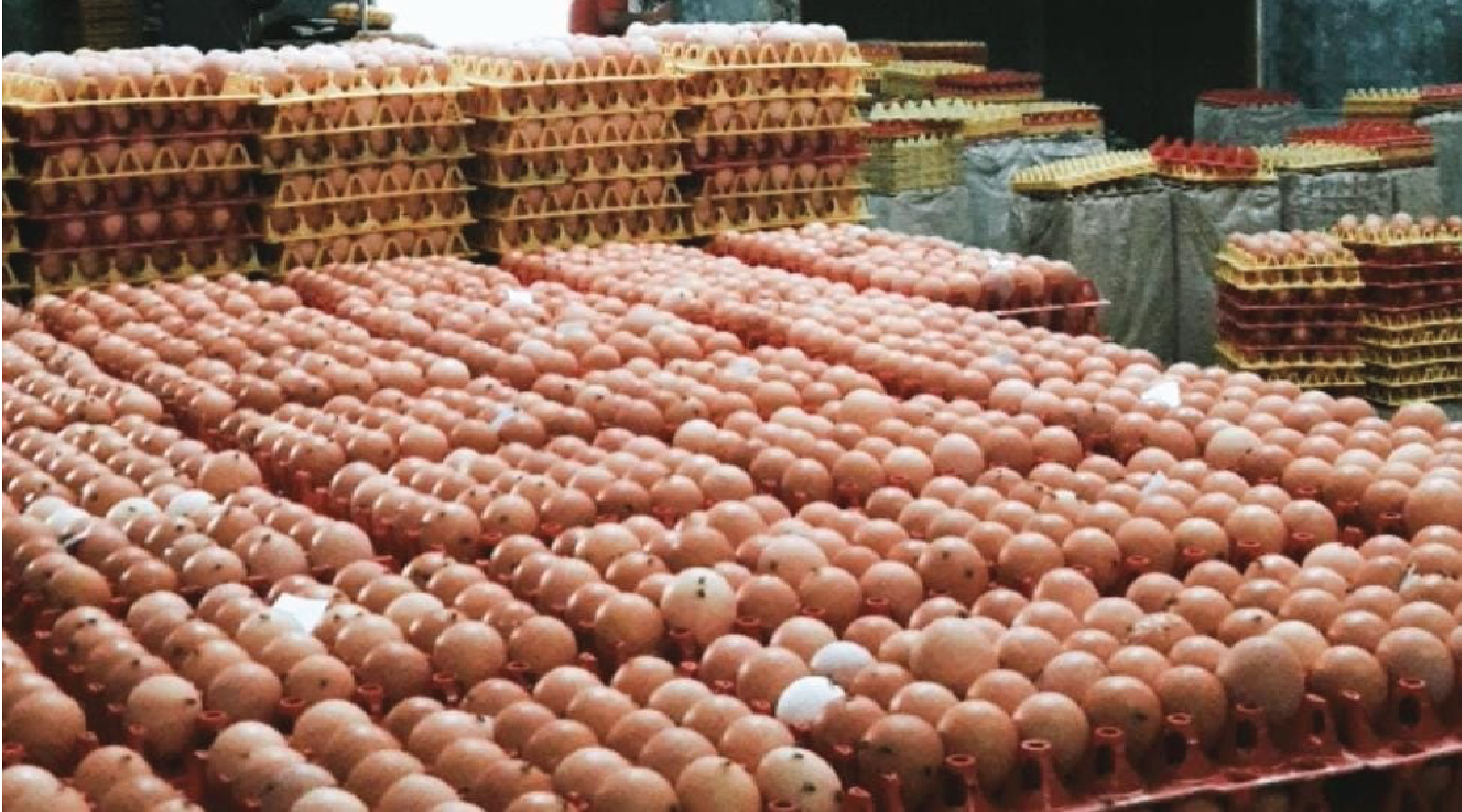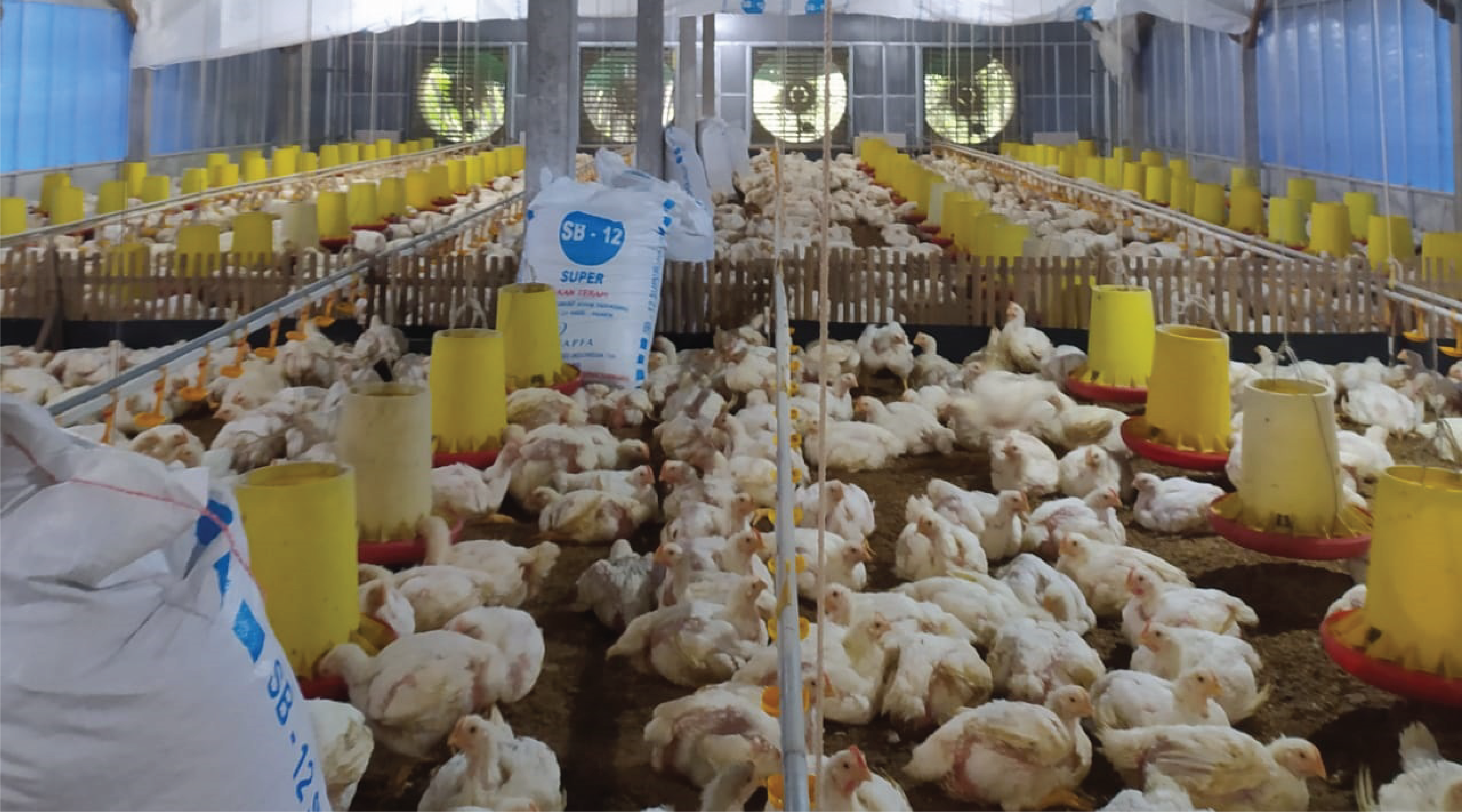SK No. 225/E/KPT/2023
DIRECTORY OPEN ACCESS JOURNAL
Already have a Username/Password for Journal of Applied Veterinary Science And Technology?
Go to Login
Need a Username/Password?
Go to Registration
Registration and login are required to submit items online and to check the status of current submissions.
GENERAL WRITING INSTRUCTIONS
- Signed Author's Statement Form form originally (scan the document after signed) [Download Author's Statement Form].
If you have a problem, you can send the manuscript and supplementary documents (Author's Statement) via email: javest@journal.unair.ac.id
- One (1) MS Word file for the revision note file in table form with respect to the reviewer's comments, including the location of the revision on the revised manuscript. The table columns should be Number, Reviewer's Comments, Answer/Revision Note, and Location of Revision (page number and/or line).
- One (1) MS Word file for Revised Manuscript file according to Template-based format (MS Word file) (Important: please give the Red Color Highlight the revised sentences). The revised manuscript returned later than three months will be considered a new submission and will be reviewed again by other Peer Reviewers.
SPECIFIC WRITING INSTRUCTIONS
1. The research manuscript has the following systematic arrangement:
The title page contains: the title written in English, the author's name (written completely), the author's address, and the short title (running title). The headline is no more than 14 words, and a short title is no more than 6 words. The author's address is written complete with the majors/departments or laboratories, accompanied by the institution or university and postal code.
The abstract is written in both English and Bahasa Indonesia, not more than 250 words, and is the essence of the entire writing, including background, purpose, method, result, and conclusion. The abstract comes with keywords that are sorted by importance, with 3–5 keywords.
The preliminary written introduction contains background, supporting libraries, problem formulation, research objectives, and research benefits. Materials and methods contain explanations of the materials and tools used, time, place, engineering, and draft research.
The method must be described as completely as possible so that other researchers can perform retests. References are given to lesser-known methods. Materials or products used are mentioned as sources or references (name of company and country, maybe accompanied by no. catalogue). Commercial name inclusion must be with a generic name. The use of animals in research should refer to animal welfare guidelines (Helsinki declaration at http://www.wma.net).
The results are expressed clearly. If you need to be equipped with tables, illustrations (pictures, graphs, diagrams), or photos. The results are expressed clearly. If you need to be equipped with tables, illustrations (pictures, graphs, diagrams), or photos. Results expressed with tables or illustrations do not need to be outlined in the text. Tables are numbered and referenced sequentially in the text, and titles are written briefly and clearly. Captions are placed on footnotes, not allowed in the title. All abbreviations or shorthand are please described in the footnotes. The vertical lines in the table are made to a minimum to clarify the vision. Decimal numbers are marked by point.
Illustrations can be images, graphs or diagrams numbered and referenced sequentially on the text. Captions are given briefly and clearly below the illustration (not in the illustrations). Color photographs must be contrasted, sharp, vivid, and on glossy (glossy) paper and accompanied by softcopy in jpg, TIFF, etc. The smallest size is 125 x 195 mm. Additional data in the related video can be submitted as support and will only be loaded in an online form.
The discussion is written separately from the results. The discussion is not a repetition of the narrative of the results but the interpretation and analysis of the data obtained, either by referring to, comparing, strengthening, or criticizing the results of previous research. The discussion describes the results of the research, how the reported results can solve problems, differences and similarities with previous research, and possible development
The conclusion is written briefly in its own paragraph at the end of the discussion and is not a separate subtitle.
Acknowledgement addressed to the person or institution that made an important contribution in the implementation of research (lenders, data source providers, research materials, research facilities, and others), but not a team of writers. In the end, the author should include a statement about no conflicts of interest.
Authors Contribution. The contributions of each author, including ideas, data generation, data analysis, manuscript preparation, and funding, must be listed here using their initials only, e.g., Ar. Pe. Fa.
Conflict of interest. The author declares that the research was conducted in the absence of any commercial or financial relationships that could be construed as a potential conflict of interest.
Funding Information. Institutions that finance research carried out.
Ethical Approval (if available). All studies using animal subjects should include an explicit statement in the Material and Methods section identifying the review and ethics committee approval for each study.
The list of references contains all the publication articles referenced in the script. Since Volume 4 (2023), the bibliography is organized with Taylor & Francis-Harvard X reference style (use Zotero software, Endnotes, Mendeley, etc). The author's name is arranged alphabetically. The references in the manuscript are as follows:
Reference from the Scientific Article:
Sewoyo, P.S. and Nainggolan, W.M., 2023. Sebaceous Adenoma Case in a Golden Retriever Dog. Journal of Applied Veterinary Science and Technology, 4 (2), 122–126.
Reference from textbooks :
Dobromylskyj, M., 2023. Anatomic Pathology for Veterinary Clinicians. 1st ed. United Kingdom: 5m Books Ltd.
Reference from Book Chapter :
Windsor, P., 2019. Abnormalities of Development and Pregnancy. In: Veterinary Reproduction and Obstetrics. Amsterdam: Elsevier, 168–194.
Reference from proceedings:
Reference from the internet:
2. Review Article manuscripts are organized according to the following systematics: Title, author's name, abstract, Introduction, review (in the form of subject subtitles), discussion, conclusion (and suggestion if any), acknowledgement, author contributions, conflict of interest, funding information and bibliography.
3. Case Report Writing instructions
The case report script is structured according to the following systematics: title, author's name, abstract, introduction, case (accompanied by a photograph), discussion, conclusion (and suggestion if any), acknowledgement, author contributions, conflict of interest, funding information and bibliography.
Tables and pictures are placed on a separate page after the library list, which comes with a title and caption. The graph comes with a separate original file in MS Excel format. Images containing photos should include original photos with high resolution in JPEG format. Authors can also include a photo that will be proposed as a journal cover page.
As part of the submission process, authors are required to check off their submission's compliance with all of the following items, and submissions may be returned to authors that do not adhere to these guidelines.

Journal of Applied Veterinary Science and Technology is licensed under a Creative Commons Attribution-ShareAlike 4.0 International License












Redaksi Jurnal Departemen Kesehatan, Fakultas Vokasi Gedung C, Universitas Airlangga
Jl. Dharmawangsa Dalam No. 28-30, Surabaya 60286

Call for Paper to be Published in Vol. 6, Issue 2, October 2025 Call for Paper to be Published in Vol. 6, Issue 2, October 2025 Call for Paper to be Published in Vol. 6, Issue 2, October 2025 Call for Paper to be Published in Vol. 6, Issue 2, October 2025 Call for Paper to be Published in Vol. 6, Issue 2, October 2025 Call for Paper to be Published in Vol. 6, Issue 2, October 2025 Call for Paper to be Published in Vol. 6, Issue 2, October 2025 Call for Paper to be Published in Vol. 6, Issue 2, October 2025 Call for Paper to be Published in Vol. 6, Issue 2, October 2025 Call for Paper to be Published in Vol. 6, Issue 2, October 2025
